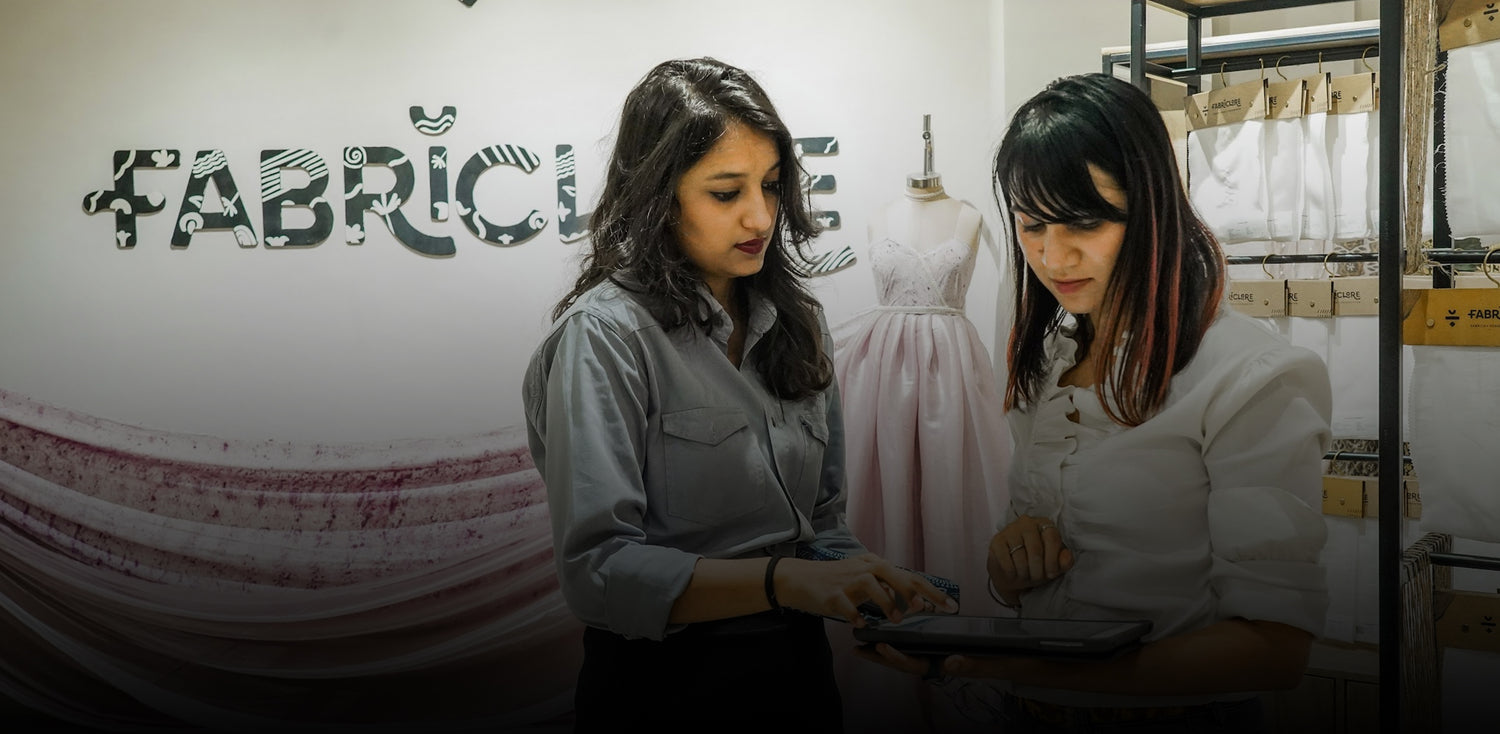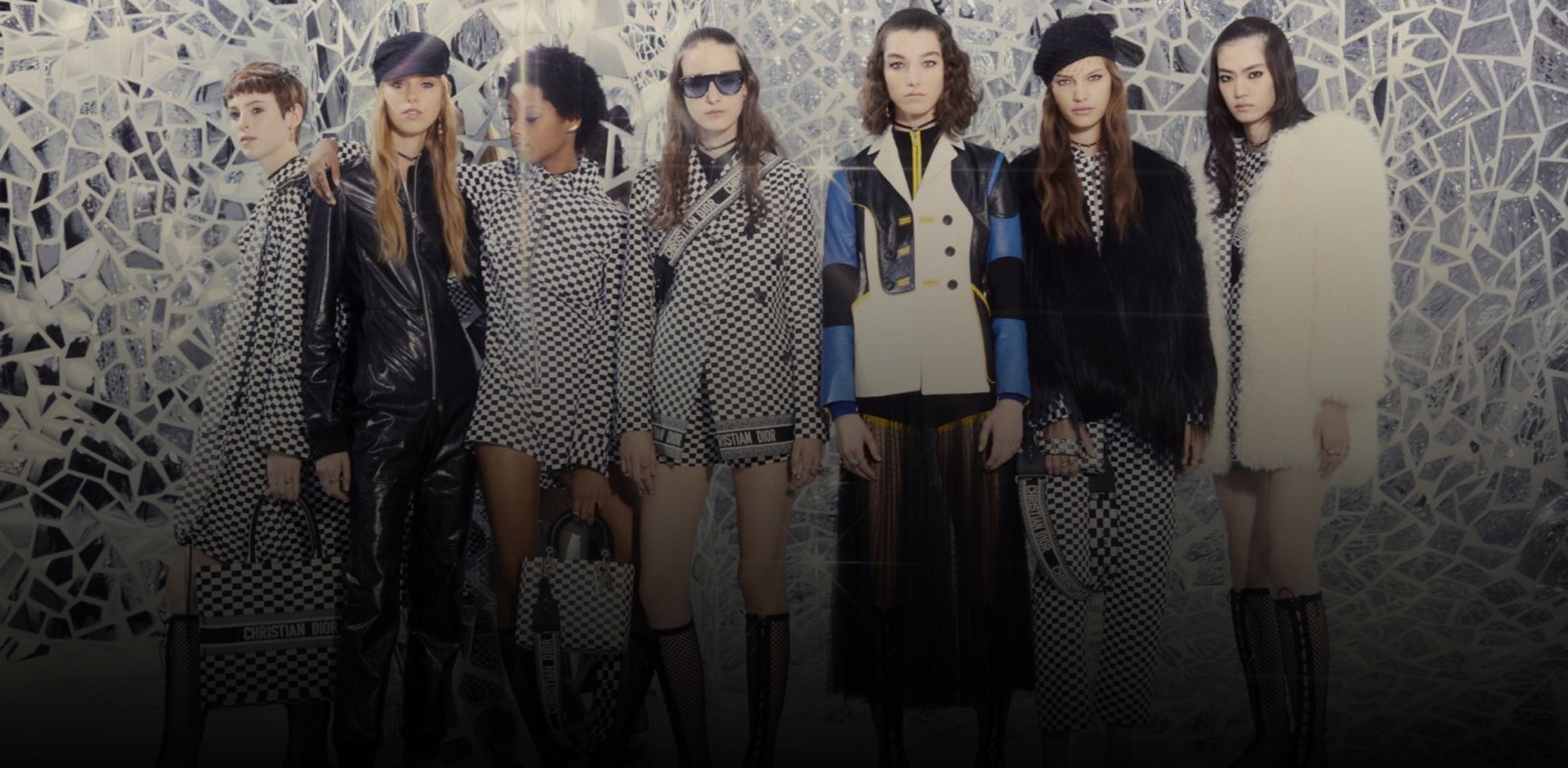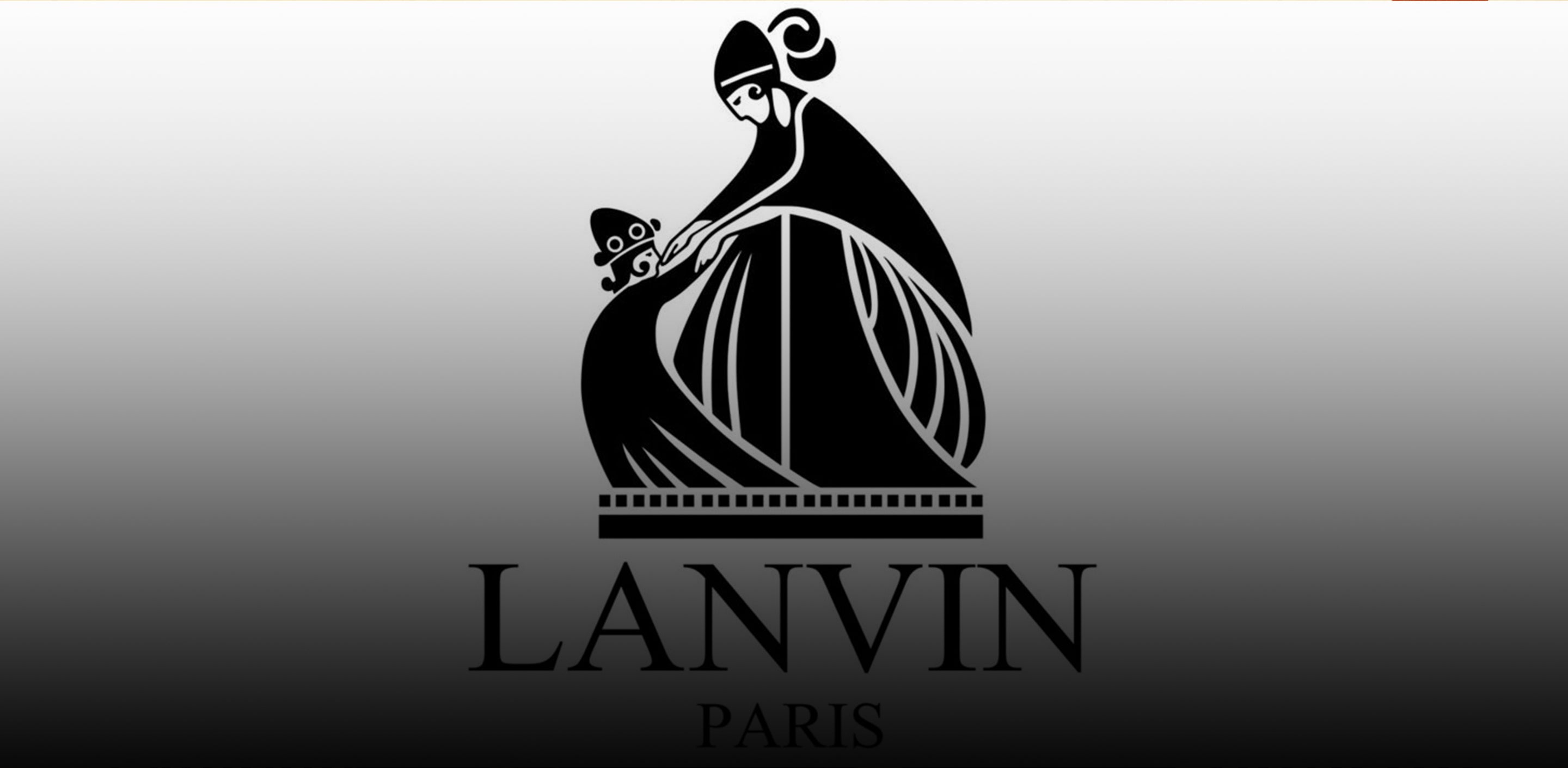Most artists would do everything to have their own clothing line up and running.
Start your own clothing line if you have the creativity, determination, skill, and capital to do it.
On the other hand, there is a lot more going on behind the scenes of a design that meets the sight. And when you have no idea how to get started, it's easy to lose hope.
You're in luck since we're going to provide a comprehensive guide on launching a clothing line.
Is it time to get started? So let's begin.
Step 1- Create a formal business strategy

It's been said that "if you don't plan, you plan to fail." Particularly so when introducing a new clothing line. To get started, it's important to think about where you want your business to be in the future. To what end are you working? Which kinds of stores do you plan to approach with your wares? Which kind of people is likely to shop at your clothing boutique? As this data will guide your business decisions regarding design, branding, textiles, and production, having it on hand is crucial when launching a clothing line. When you're ready to expand and seek out new retailers and distributors, this will also help you craft a compelling value offer.
Step 2- Look at recent clothing trends or unmet demands

Maintaining brand consistency is essential when establishing a clothing line, regardless of seasonal changes. However, familiarity with the regulations is required prior to any attempt at violation.
Go to a few exhibitions and take note of the recurrent hues, silhouettes, and motifs. Attending many fashion shows will allow you to spot any recurring themes.
A great way to keep up with the latest trends is to attend fashion shows, even though it may be a while before these styles become widely available to your target audience.
One way to learn what is fashionable and worthwhile is to observe the attire of influential people. Using Google Trends, you can see what people are searching for and verify the most popular styles.
Step 3 - Create a name for your label in the world of fashion.

The success of your clothing line will depend on your ability to make your brand distinctive from the competition. Remember that the most profitable apparel brands cater to a niche audience with unmet needs. You might shift your clothing line's emphasis from newborn clothing to eco-friendly babywear. You might skip the regular sportswear and instead focus on relaxed activewear for plus-size ladies.
Step 4 - Find motivation from other people.

Never stop thinking outside the box when you're launching a fashion brand. Follow the social media accounts of style leaders in order to be current on their doings. See the actual workplaces of renowned artists and fashion designers. For fresh ideas to include in your clothing line, subscribe to fashion newsletters, magazines, and podcasts. You might also peruse some style websites or weblogs.
You may discover a lot of motivational and interesting ideas on Pinterest. Make a Pinterest board including images of garments and design houses that inspire you to create your own line of apparel.
Step 5 - Launch your career in the fashion industry's research & development sector.

What follows is the enticing portion! Now that you have settled on a firm name and target demographic, you can begin developing designs for your clothing line. The first impression you make is the most important one. Present a line of clothing that will stick in the minds of potential buyers and create your mark in the fashion world. You should take your time and make sure the design accurately represents you and the audience you're going for.
Regardless of how much fun you've been having in this encounter, don't blow your budget. Success in the fashion sector is challenging if the cost of production eats up most of your profits.
Designing a successful clothing line on a budget will provide you with invaluable expertise in the business world as you prepare to launch your label.
Identify which of your line's sketches will become a finished product, and then figure out how to make it happen. Fabric, pattern, fit, and texture evaluations will be required before a final collection can be put together unless print-on-demand is used. The use of beads, lace, or buttons as decorations is another option to consider.
Step 6 - Find Patterns and Materials for Textiles

When it comes to sourcing materials like fabrics and textiles, networking with other professionals in the industry is crucial. Building rapport with industry insiders will increase the number of qualified sourcing fabric agents and designers from whom you may choose when it comes time to put your plan into action. Expos and social media platforms are great places to do this.
Your brand's needs will determine if a fabric mill, converter, or jobber is the best option for you, or whether you'd be better off with something more straightforward like print on demand. Before making a final decision, make sure you know the lead time, stock availability, delivery, minimum order quantities, and price.
There may be a reliable local fabric manufacturer for your materials and designs, but this will depend on the specifics of your clothing line. The internet may be a better place to sell your wares since there is a greater variety of unique styles and patterns to choose from.
Step 7 - Supervise the making and distribution of garments.

The next stage, after designing your clothing, is to recruit an expert in manufacturing to help you bring them to life.
Right now is when you should perform most of your investigating. You're looking for a clothing producer that can help you satisfy the needs of your line without breaking the bank.
In order to minimize lead and transit times, the factory's location is vital. To make sure the company is legit, you should also research its background.
This step is vital to the production process as it helps you to picture what your final product will look like. You may compare and contrast the quality of the samples you get from various manufacturers and make a well-informed choice for your line if you obtain samples from a number of different sources. The price tag reflects the difference in quality and craftsmanship.
To continue forward with your clothing line, you must first find a reliable manufacturer that can help you in creating your designs at a reasonable cost.
Step 8 - Internet Retailing of Your Clothing Line

Now that your garments are being manufactured, the next step is to begin selling them!
The process of selecting an eCommerce platform and launching an eCommerce website might be daunting, but you can get started with the aid of some basic guidelines.
Think about your brand and the impression you want to provide. Developing a distinctive brand identity, including a memorable name and slogan, might be a big help.
Think of your "brand pillars" as a set of guidelines for articulating your company's identity. There should be no more than three or four primary ideas that define your brand. After you've built them, you'll have a solid foundation on which to launch an online clothing store for your label.
When first starting out, it's crucial to include your brand's backstory in all of your advertising efforts. A brand's ability to connect with normal people who read about it on an eCommerce site depends on the degree to which it comes off as human.
Now is the time to think about teaming up with a business expert who can advise you on the specific pricing strategies necessary to turn a profit from the outset of your company.
FAQ
How much does it cost to start a fashion brand?
Starting with $500 for a small-scale clothing line, $1500 - $5000 for medium-sized firms and $20000+ for big retail and wholesale clothing businesses is a good starting point.
Is it hard to start a clothing line?
It takes time, energy, and resources to launch a clothing line, and it's possible that you won't make a profit from your initial investment for years. With this in mind, ask yourself if this is truly what it is you want.
How do I find a private-label manufacturer?
Finding private label manufacturers can be facilitated by searching online marketplaces. You could search for private-label products within your market and then get in touch with the manufacturer to inquire about production.
We also happen to be a magnet for suggestions, and would love to catch yours….throw us yours on hello@fabriclore.com




Leave a comment
This site is protected by hCaptcha and the hCaptcha Privacy Policy and Terms of Service apply.